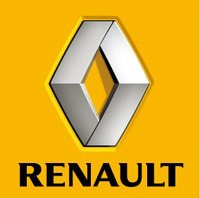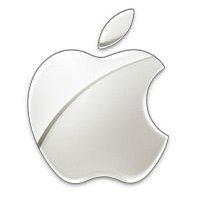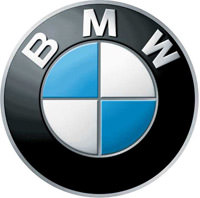
Logo companies
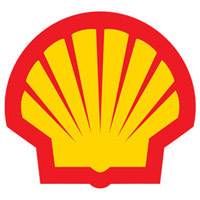 A company’s logo is a recognition tool for the public to link their services or products to the company. In other words, it is part of a company’s branding. Without such branding, the public will not be able to differentiate between companies, and therefore unable to expect a certain standard or quality from the company which they interact with. A logo, if designed effectively, can bring to people’s mind the unique selling proposition of an organization, which inevitably promotes the company on a sub-conscious level.
A company’s logo is a recognition tool for the public to link their services or products to the company. In other words, it is part of a company’s branding. Without such branding, the public will not be able to differentiate between companies, and therefore unable to expect a certain standard or quality from the company which they interact with. A logo, if designed effectively, can bring to people’s mind the unique selling proposition of an organization, which inevitably promotes the company on a sub-conscious level.
What better way to evaluate the effectiveness of logos than to examine how they have evolved in successful and age-old companies? We have scouted for some of the most well-known companies in the world and researched on how their logos have changed over the years, decades and even the century. We hope that these will give you some ideas on how companies like these have designed their logo in such a way that people could easily identify with their brand names. Full list after Jump.
Shell
The Shell gas station brand logo started out in 1900 as a literal inked clamshell drawing but has gradually become a smooth red and yellow stylized shell. The colors and shape are so distinct, Shell doesn’t even write its name on the logo anymore.
(Current logo)
Microsoft
In 1992 the Windows 3.1 logo was a literal window with four panes and a black frame that broke into tails on one side like a meteor. It remained the same until Windows XP was released in 2001. The Windows XP logo was minimalized down to just the four colored windowpanes floating with no frame – distinctly Windows but much simpler.
Volkswagen
The original VW logo from 1939 featured bumped teeth around the circle to make it look like a gear, with long arms rotating around the circle. The arms and gear bumps were eliminated by the time WWII ended and in 2000, VW colored the logo blue and silver.
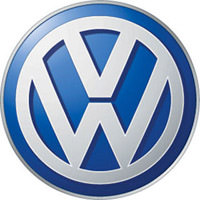
Nike
A single curved line that goes thicker at one end, officially known as "the Nike Swoosh." Nike used to include its name with the Swoosh but the distinct shape works on its own – minimalism at its finest.
Mozilla Firefox
Originally a phoenix with wings outspread to match the program’s original name: Phoenix. For legal reasons, the name was changed to Firefox and the logo redrawn as a fiery fox and globe so unique, no words are necessary.
Pepsi
Pepsi’s original logo was red script on white. Pepsi introduced a red, white and blue round bottle cap to their design in 1950. They swapped the fancy script for clean black lettering in 1962. The bottlecap stylized into a circle with colored stripes by 1972 and as of 2011, the striped circle stands alone as Pepsi’s logo.
Walmart
In 1962, Walmart began its business with a simple logo that consisted of its brand name in a font that is available to its printer. Over the years, the logo remained almost the same except for the use of different fonts and colors. It was until 2008, which was the last time they altered the logo, that Walmart used both caps and small caps to spell out its brand name, included its company tagline as well as placed a yellow star-like symbol on the side of its name.
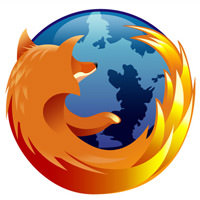
Renault
Renault’s logo began as a medallion with the founders’ initials in 1900. The next two logo designs that follow indicated the products they were selling, namely automobiles (1906) and tanks (1919). Four years later, the logo took a turn for their design and replaced it with a grill that found commonly at the front of a vehicle. It was not until in 1925 that Renault adopted the diamond shape logo which we recognize today. In 1946, their signature yellow color is added into the logo. After further modifications over the next half of the century, the latest Renault logo was created in 2007
Siemens
Siemens used to have a symbol as its logo since 1899. The symbol was the combined effect of placing the letter ‘S’ and ‘H’ together, which were the initials of its founders – Siemens and Halske. It was canned in 1973 after the company was renamed simply as Siemens AG. The latest update in 1991 resulted in cyan-colored ‘SIEMENS’ typeface.
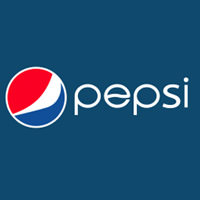
Xerox
The history of Xerox’s logo began in 1937 when the company was known as Haloid Company. The name was replaced in 1961, following a highly acclaimed copier they developed, the Haloid Xerox 914. Since then, the ‘Xerox’ typeface became the only feature of the logo until 2008. This time, they put in a red ball-like symbol with the white letter ‘X’ painted on it, something that might allow people to recognize the company better.
Apple
The first Apple logo was created in 1976, where it features the famous scene of how Sir Issac Newton discovered gravity – sitting beneath an apple tree. In the same year, the logo was switched to one of a shape of an apple with rainbow stripes. It was then further simplified into a silhouetted apple image consisting of only black. Since the year 2000, the apple logo has been recognized as a monochrome apple.
BMW
Everybody knows a BMW automobile when they see one, but most of them have no idea what the logo means. The trademark blue-white BMW logo is meant to symbolize the movement of an aircraft propeller, of white blades cutting through the blue skies. It was first created in 1923, but the logo has pretty much retained its original features other than a few minor modifications to its fonts and colors.
Canon
Canon’s first logo was indeed very different from what follows over the years. It was a depiction of the Buddhist’s Goddess of Mercy sitting on a lotus flower, with her thousands of arms and surrounded by flames. The next logo in line only retained its ‘Kwanon’ brand name, using unique typefaces. By 1935, Canon’s logo was changed to that of ‘Canon’. That logo was progressively refined till 1956, when it becomes the logo we see today.
